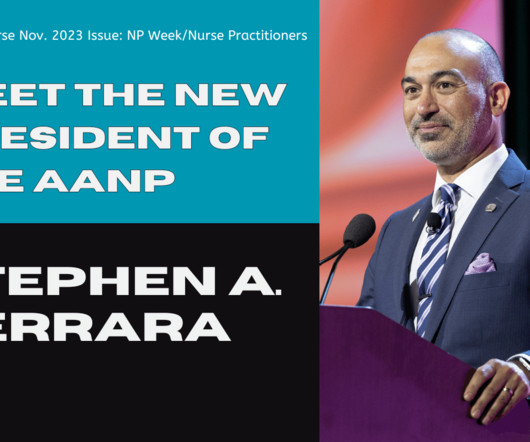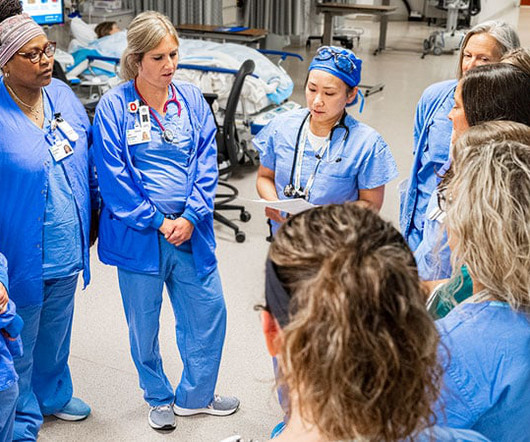8 Reasons Why You Should Become a Nurse Practitioner
Minority Nurse
NOVEMBER 11, 2024
Not only do they provide comprehensive, holistic care, but they also develop relationships with their patients’ family members, leading to overall better health outcomes. These advanced degrees will lead to career advancement as a nurse practitioner, pursuing a leadership position, or becoming a nurse educator.


















Let's personalize your content